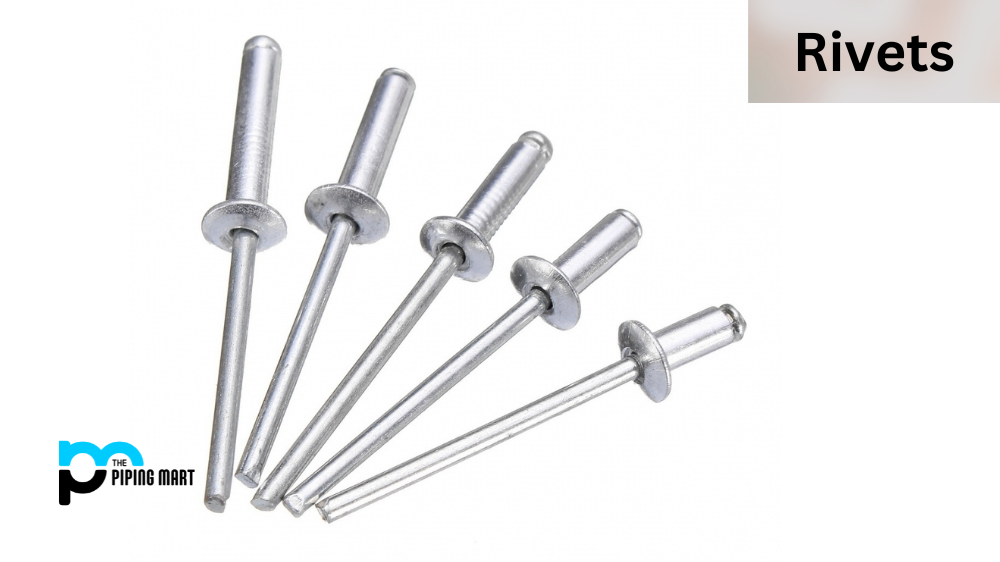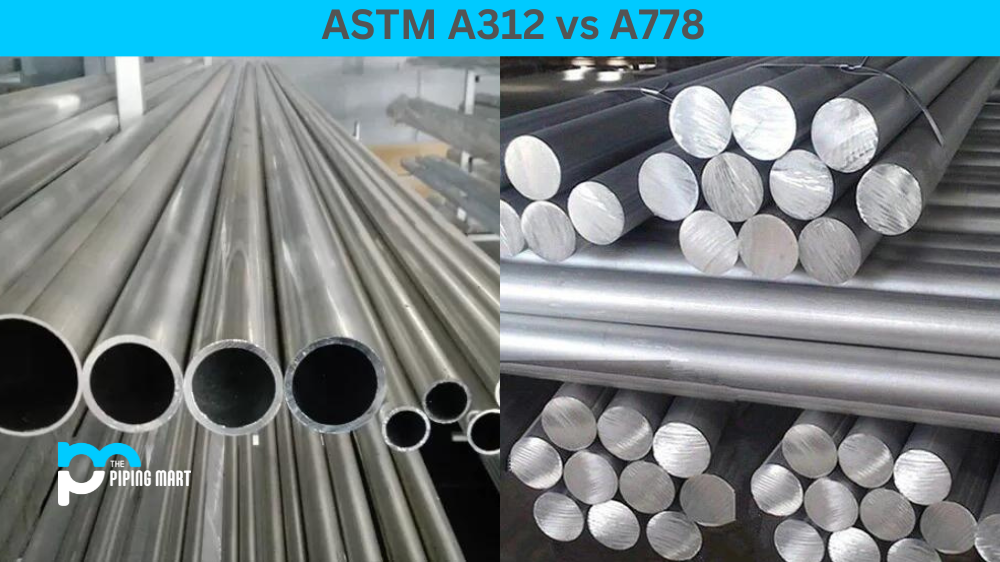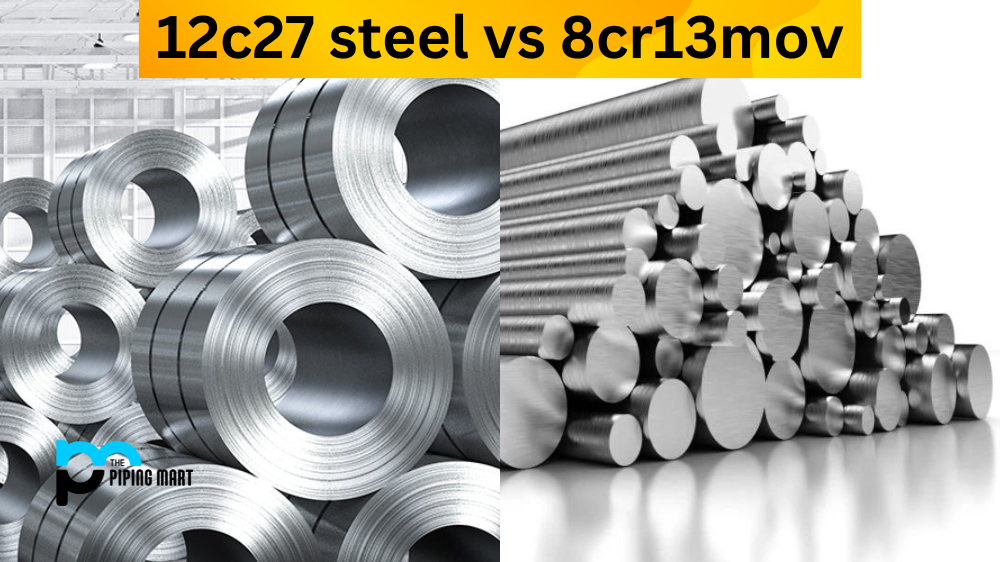Rivets have been around for hundreds of years and are still widely used in various industries. They are a simple, cost-effective fastening solution that has stood the test of time. But what advantages and disadvantages do rivets have when joining metal parts? Let’s take a look at some of the pros and cons.
Advantages of Rivets
One of the main advantages of using rivets is their strength. Rivets create a tight, secure joint that is almost impossible to break apart. This makes them ideal for use in applications where high loads or vibrations could cause other fasteners to loosen or break down over time. Additionally, riveting requires less material than welding, making it much more cost-effective for large-scale projects.
Riveting is also very easy to use and requires minimal equipment. All it takes is an air compressor, a rivet gun, and some standard shop tools. This makes it ideal for small shops or DIYers who need access to expensive welding equipment.
Rivets are Strong
One of the primary advantages of rivets is that they are very strong. This makes them ideal for various applications, including construction, automotive, and aerospace. Rivets can withstand a great deal of force, making them much less likely to fail than other fasteners.
Rivets are Durable
Another advantage of rivets is that they are very durable. Unlike screws and nails, which can loosen over time, rivets will remain securely in place for the product’s life. This makes them ideal for use in applications with a high degree of durability.
Rivets are Easy to Install
Another advantage of rivets is that they are very easy to install. Rivets can be installed quickly and easily with just a few tools, making them ideal for various applications. Additionally, rivets do not require special installation skills or training, making them accessible to many users.
Rivets are Inexpensive
Another advantage of rivets is that they are very inexpensive. Rivets are made from steel or aluminum, both relatively inexpensive materials. Additionally, rivets can be reused multiple times, reducing their cost.
Rivets Have a Wide Range of Applications
One final advantage of rivets is that they have a wide range of applications. Rivets can be used in various industries, including construction, automotive, and aerospace. Additionally, rivets can be used for both structural and non-structural applications.
Disadvantages of Rivets
One major disadvantage of using rivets is that they can only be disassembled without damaging the metal parts. If you need to make changes or repairs after the parts are joined together, you will need to grind off the rivets before reassembling them with new ones. Additionally, if you don’t select the right type of rivet for your application, it may not hold up under vibration or heavy loads over time. For this reason, it’s important to do your research before selecting a rivet for your project.
Rivets are less strong than welds.
Rivets are less strong than welds. This is because the area of a rivet is much smaller than the area of a weld. This means that there is less material to hold the two pieces together.
Rivets can break.
Rivets can break if they are not installed properly. If a rivet is not inserted correctly, it can shear off at the point where it joins the two pieces of metal. This can cause the joint to fail.
Rivets are difficult to remove.
Rivets are difficult to remove once they have been installed. This is because the head of the rivet is flush with the surface of the metal. This makes it difficult to get a tool underneath the head to pry it off.
Rivets can cause corrosion.
Rivets can cause corrosion if made from a different metal than the one they are joining. This is because there is a potential for electrolytic corrosion to occur between dissimilar metals.
Rivets are more expensive than welds.
Rivets are more expensive than welds because they require special equipment to install them. Welding equipment is less costly and can be used for other purposes.
Conclusion:
Overall, while rivets have some drawbacks as opposed to other fastening solutions, such as welding or nuts and bolts, they are still widely used due to their simplicity and affordability. When used correctly, they can provide an incredibly strong connection between two pieces of metal that will stand up against even heavy loads and vibration over time – making them one of the best solutions for many applications in industries ranging from automotive repair shops to manufacturing plants. As long as you take the time to research which type of rivet is best suited for your project, you can ensure maximum strength and durability with minimal effort!

Pipingmart is a B2B portal that specializes in metal, industrial and piping items. Additionally, we share the latest information and information about materials, products and various types of grades to assist businesses that are involved in this business.




